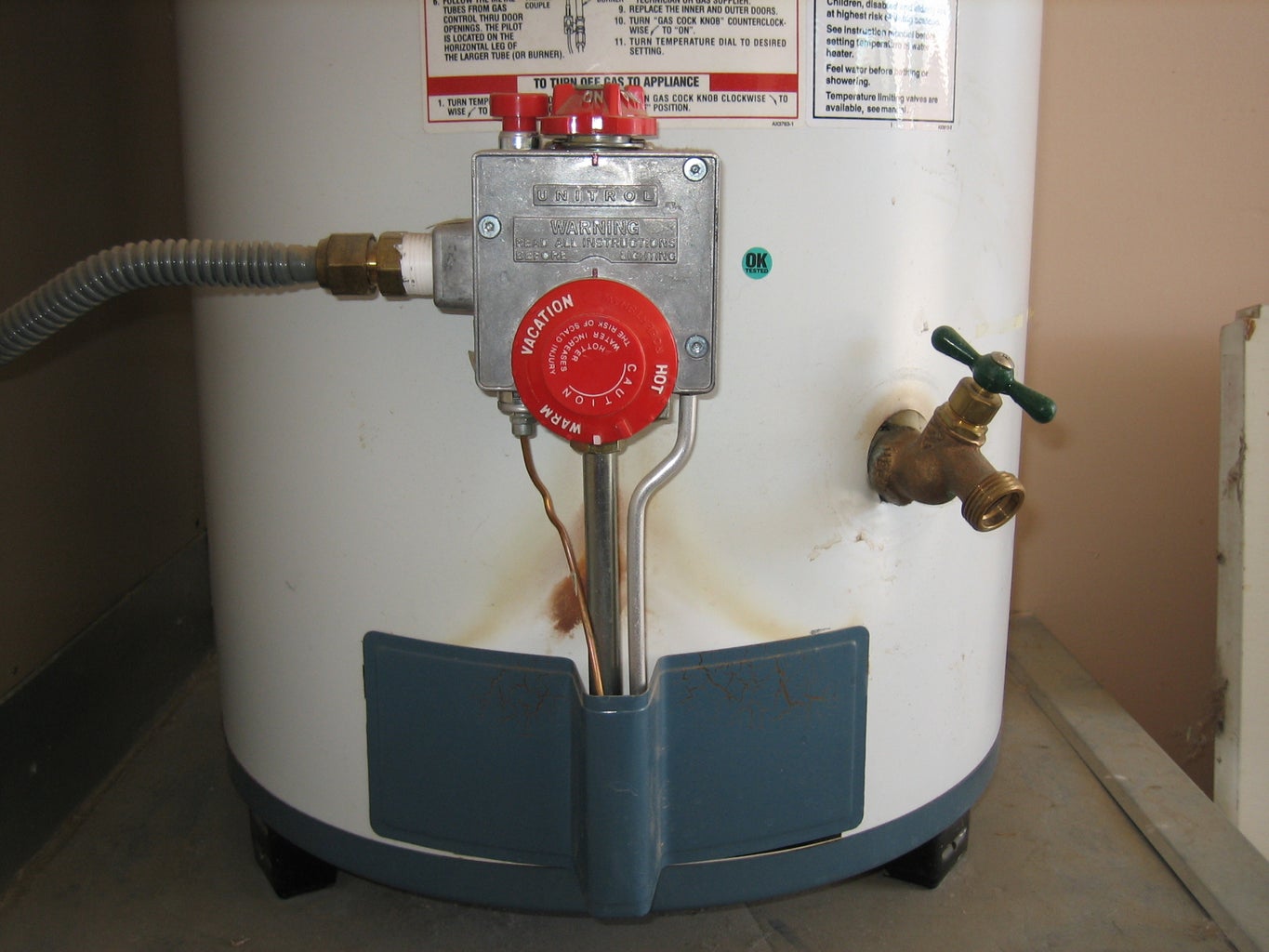Specialist Guidance for Maintaining Your Home's Hot Water System
Specialist Guidance for Maintaining Your Home's Hot Water System
Blog Article
Have you been hunting for advice about Tips on Maintaining a Water Heater?

Warm water is essential for everyday convenience, whether it's for a refreshing shower or cleaning dishes. To ensure your warm water system runs efficiently and lasts longer, normal upkeep is key. This short article supplies sensible pointers and insights on how to preserve your home's warm water system to stay clear of interruptions and pricey repairs.
Introduction
Preserving your home's warm water system may appear challenging, however with a couple of simple steps, you can guarantee it runs smoothly for many years to find. This overview covers everything from comprehending your warm water system to do it yourself upkeep tips and understanding when to employ specialist help.
Significance of Preserving Your Warm Water System
Normal maintenance not only prolongs the life expectancy of your warm water system yet also ensures it operates effectively. Ignoring upkeep can bring about decreased efficiency, higher energy expenses, and even premature failure of the system.
Indications Your Warm Water System Requirements Upkeep
Recognizing when your warm water system requires focus can prevent major issues. Look out for indications such as inconsistent water temperature, unusual noises from the heating unit, or rustic water.
Flushing the Hot Water Heater
Purging your hot water heater removes debris buildup, improving efficiency and prolonging its life.
Monitoring and Changing Anode Rods
Anode poles avoid corrosion inside the tank. Evaluating and changing them when worn is vital.
Complicated Issues Calling For Professional Help
Examples consist of significant leakages, electric issues, or if your water heater is regularly underperforming.
Routine Specialist Upkeep Perks
Expert maintenance can include thorough inspections, tune-ups, and making sure compliance with safety standards.
Evaluating and Changing Temperature Settings
Readjusting the temperature level settings guarantees optimal efficiency and security.
DIY Tips for Maintenance
You can execute a number of maintenance jobs on your own to keep your hot water system in leading condition.
Looking for Leaks
Consistently examine pipelines and connections for leakages, as these can result in water damages and greater expenses.
Understanding Your Warm Water System
Before diving into upkeep tasks, it's helpful to recognize the fundamental components of your warm water system. Usually, this includes the hot water heater itself, pipes, anode poles, and temperature controls.
Monthly Upkeep Tasks
Regular month-to-month checks can assist catch minor problems before they rise.
Evaluating Stress Relief Valves
Testing the stress relief valve guarantees it functions appropriately and avoids too much pressure build-up.
Protecting Pipelines
Protecting warm water pipes minimizes heat loss and can conserve energy.
When to Call an Expert
While DIY upkeep is beneficial, some concerns call for professional knowledge.
Verdict
Regular maintenance of your home's hot water system is necessary for efficiency, longevity, and expense savings. By adhering to these tips and understanding when to seek expert aid, you can ensure a trustworthy supply of hot water without unforeseen disturbances.
Water Heater Maintenance Tips
Test the TPR Valve
Shut off the power and the cold-water supply valve. Place a bucket under the pipe connected to the temperature-pressure-release (TPR) valve on the top or side of the tank. (This valve opens if the tank pressure gets too high.) Lift the valve’s tab to let some water out, then let go. If water keeps flowing, drain the tank partway, unscrew the old valve with a pipe wrench, and install a new one. Check the Anode Rod
Put a hose to the tank’s drain cock and let out a few gallons of water. Now fit a 1 1/16-inch socket onto the rod’s hex head on top of the heater (or under its top plate) and unscrew the rod. If it’s less than ½ inch thick or coated with calcium, buy a new one, wrap its threads with Teflon tape, put it back in the tank, and tighten securely. Use this segmented rod if headroom above the tank is limited. Drain the Tank and Wash Out Sediment
Drain the remaining water in the tank into the bucket, then stir up the sediment on the tank’s bottom by briefly opening the cold-water supply valve. Drain and repeat until clean water comes out of the hose. Close the drain cock, refill the tank, and turn its power back on. Adjust the Temperature
Find the temperature dial on the side of the tank and unscrew its cover. Adjust the dial to 120 degrees using a flathead screwdriver. For every 10 degrees the temperature is lowered, you can expect to save up to 5 percent in energy costs. Turn the water heater off or the thermostat down to its lowest setting if you plan to be away from home for more than three days. Insulate the Pipes
Buy some self-sticking 3/8-inch-thick foam pipe insulation that matches the pipes’ diameter. Slide the foam over the hot-and cold-water pipes as far as you can reach. Insulating the cold-water pipe prevents condensation in summer. Peel the tape and squeeze the insulation closed. If the pipe is 6 inches or less from the flue, cover it with 1-inch-thick unfaced fiberglass pipe wrap. https://www.thisoldhouse.com/plumbing/21016402/how-to-maintain-a-water-heater

As a devoted reader on Tips on Maintaining a Water Heater, I figured sharing that piece of writing was really useful. Sharing is good. Helping people is fun. Thank you for your time. Kindly come by our site back soon.
Click Here To Read More Report this page